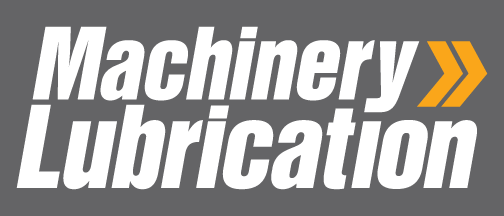×
Machinery Lubrication December 2020

Featured Article
Many organizations aspire to achieve the state of lubrication excellence. This is indeed a lofty goal, but not beyond the reach of a focused and determined team. What defines lubrication...
Perhaps the most fundamental process in a lubrication program is selecting which lubricant to use. This decision is of the utmost importance. There are very few decisions that have a more...
The lubricant reception and storage lifecycle is a vital part of a lube program. A lot of work goes into to selecting the proper viscosity, base oils and additive packages before a lubricant is brought on-site. If that lubricant is not cared for in a certain way on site, it could compromise the lubricant and invalidate the lubricant selection efforts.
While all six Lubricant Lifecycle Stages within The Ascend Chart play a significant role inside program ownership, one that specifically stands out with regard to site improvement and...
Contamination control and lubricant reconditioning is one of the most important lifecycle stages on the Ascend Chart. Contaminant exclusion and removal are somewhat obvious when it comes to...
Arguably, more change has occurred related to lubricant analysis and condition monitoring in the past 30 years than all other areas of lubrication. Why does this make sense? The wisest among...
Name: Troy Gooden Age: 46 Job Title: Rotating Equipment Specialist Location: Waggaman, LA Length of Service: 13 Years With 12 years under his belt at Cornerstone Chemical...
By this point in the Lubricant Lifecycle Stages, it quickly becomes evident that there are numerous variables going into each lubrication decision. Even the most granular lubrication topics...



